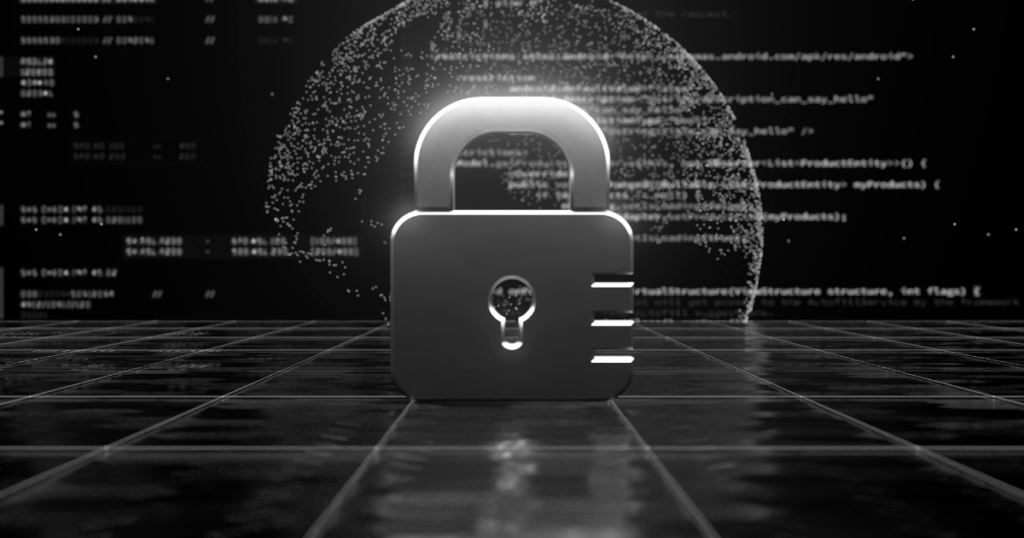Key Takeaways
- Implementing robust backup and recovery plans is essential for rapid data restoration.
- Ongoing security assessments and employee education are critical to minimizing risk.
- Zero Trust security models and behavior-based detection technologies strengthen core defenses.
Ransomware continues to pose a significant threat to organizations across all industries, making proactive defense strategies essential. A multi-layered approach combining strong endpoint protection, secure backups, and regular software patching is key to minimizing vulnerabilities. Implementing employee cybersecurity training and enforcing strict access controls helps reduce the risk of human error and credential compromise. Network segmentation, zero-trust policies, and multi-factor authentication further strengthen defenses. Regularly tested data recovery plans ensure business continuity during an attack. Investing in threat detection tools and subscribing to real-time intelligence services improves incident response and risk awareness. By fostering a security-first culture and continuously adapting to emerging threats, businesses can safeguard critical data, maintain operational resilience, and reduce the likelihood of paying ransoms or experiencing costly disruptions.
Introduction
Ransomware attacks have become a clear and persistent threat to organizations across the globe, adapting with alarming speed and sophistication. For organizations that want to stay resilient against these evolving threats, relying on traditional defenses is no longer enough. Instead, a holistic approach that spans technology, processes, and people is essential. Modern security strategies must focus on rapid response, layered prevention, and continuous improvement. Adopting robust solutions such as Cohesity: ransomware protection software can empower organizations with advanced tools to detect, respond to, and recover from attacks, while also ensuring reliable data backup and quick recovery capabilities.
These comprehensive measures must be woven into the broader organizational culture, helping companies anticipate, prepare for, and effectively manage ransomware incidents. By proactively integrating advanced protection and recovery technologies with rigorous process frameworks, organizations can significantly improve their survivability and resilience in the face of ransomware attacks. Forward-thinking leaders recognize cybersecurity as an ongoing journey rather than a one-time project. With tools, companies are better equipped to safeguard their most critical digital assets now and for the future.
Develop Comprehensive Backup and Recovery Plans
A proactive data backup and recovery plan is one of the most critical components of ransomware preparedness. Automated, routine backups stored in secure locations—preferably disconnected from the primary network—act as a fail-safe when data is compromised. Leading solutions provide automated, encrypted backups that can be quickly restored, minimizing operational disruptions. Clearly defined recovery time objectives (RTO) and recovery point objectives (RPO) enable organizations to specify acceptable tolerances for downtime and data loss, aligning technological investments with organizational needs. When frequent tests and documentation support these plans, companies can minimize the chaos if a ransomware event occurs, restoring critical data with confidence.
Conduct Regular Security Assessments
Consistent evaluation of security controls helps organizations uncover blind spots and vulnerabilities before malicious actors exploit them. Security assessments should include penetration testing, vulnerability scans, and risk reviews. Regular patch management is essential to close security gaps that attackers may target. Additionally, red team exercises—where internal or external security experts simulate real-world attacks—offer valuable intelligence on how detection and response workflows stand up to active threats. These exercises expose technical gaps, process deficiencies, and opportunities for additional staff training, ultimately building a more resilient security program.
Implement a Zero Trust Security Model
The traditional security perimeter is no longer sufficient in the age of advanced ransomware. Zero Trust security assumes every entity—users, devices, or applications—could be compromised and therefore enforces stringent verification and access controls for all interactions. The foundational steps are implementing network segmentation, mandating multi-factor authentication (MFA), and restricting user and system privileges to only what is strictly necessary. This model curtails the attacker’s ability to move laterally within the network, reducing the potential blast radius of a successful breach and improving the detection of anomalous behaviors.
Enhance Employee Training and Awareness
Human error and lack of awareness remain leading causes of successful ransomware intrusions. Educating employees about recognizing phishing attempts, suspicious attachments, and other tactics used by cybercriminals fortifies your organization’s first line of defense. Regular, real-world simulations and interactive workshops allow team members to practice proper security hygiene and response protocols. Organizations can intercept threats before they escalate to damaging events by instilling a vigilant mindset and clear reporting channels.
Develop and Test Incident Response Plans
Even with robust preventative measures, no organization is immune to ransomware. It’s imperative to have a well-documented incident response (IR) plan in place. Comprehensive IR platforms help automate and orchestrate incident management workflows, ensuring clear communication and rapid action during crises. The process should include role assignments, communication strategies, legal and regulatory reporting procedures, and systematic steps for containment and recovery. Frequent testing and tabletop exercises ensure your team reacts decisively and efficiently when it matters most.
Utilize Advanced Detection Technologies
Modern ransomware often evades signature-based detection methods, making behavior- and anomaly-based security solutions crucial. Endpoint Detection and Response (EDR) and Network Detection and Response (NDR) tools analyze traffic and user behaviors to spot early indicators of compromise. These systems provide centralized visibility into network activities, raise timely alerts about suspicious activities, and facilitate rapid containment, which is essential in mounting a coordinated defense. It is vital for your security operations center (SOC) to regularly update, fine-tune, and monitor these detection systems to stay ahead of emerging threats.
Engage with Cybersecurity Professionals
No matter how robust your internal controls, partnering with external cybersecurity experts brings fresh perspectives and advanced skills in handling ransomware responses. Third-party specialists can augment incident response, streamline communication with law enforcement and compliance agencies, and facilitate post-event recovery and reporting. Maintaining trusted relationships with technology service providers and legal counsel can also accelerate your response to ransomware demands and reduce business impacts.
Ransomware attacks are relentless and unpredictable, but organizations that prioritize proactive planning, adopt strong security frameworks, and foster a culture of cyber awareness are far better positioned to withstand tomorrow’s threats. Layering defense technologies, refining processes, and empowering employees as cyber guardians will form the backbone of effective ransomware resilience in the digital age.


